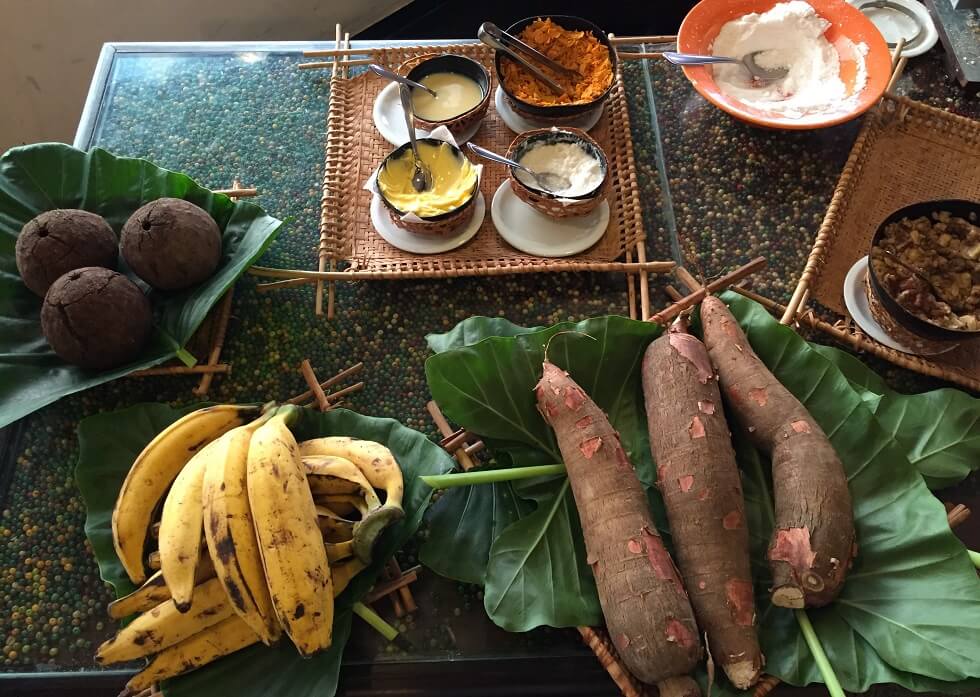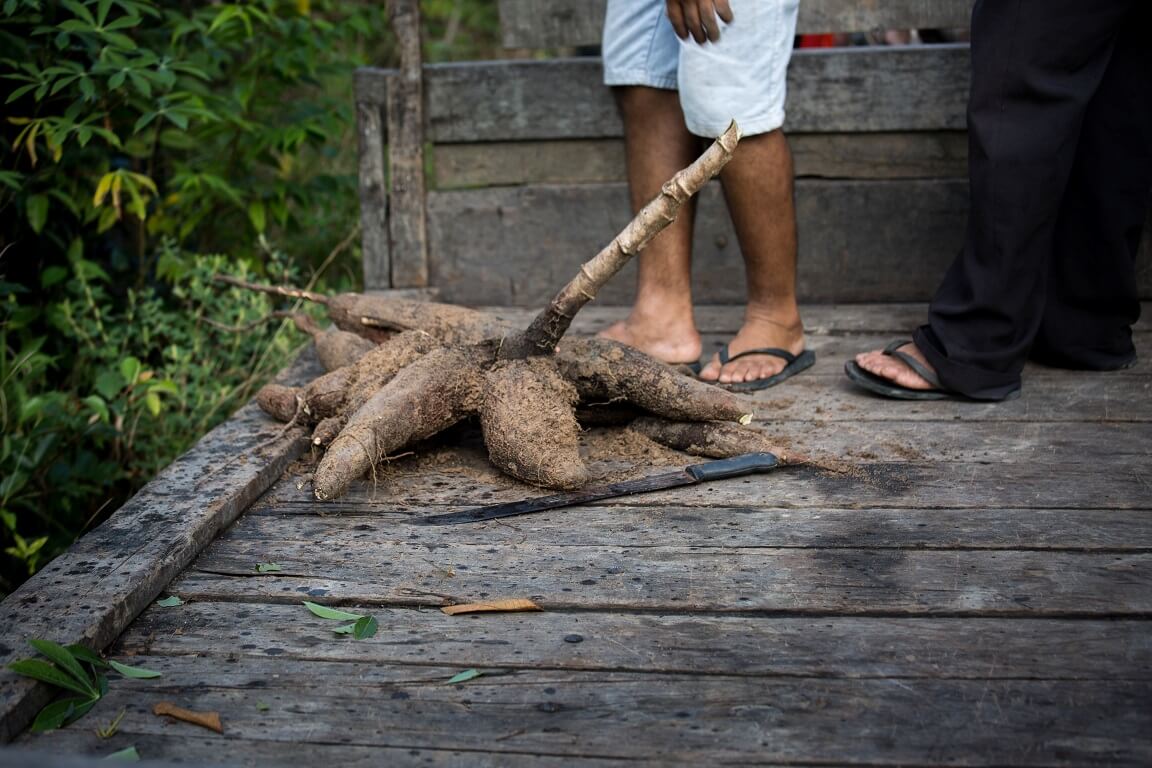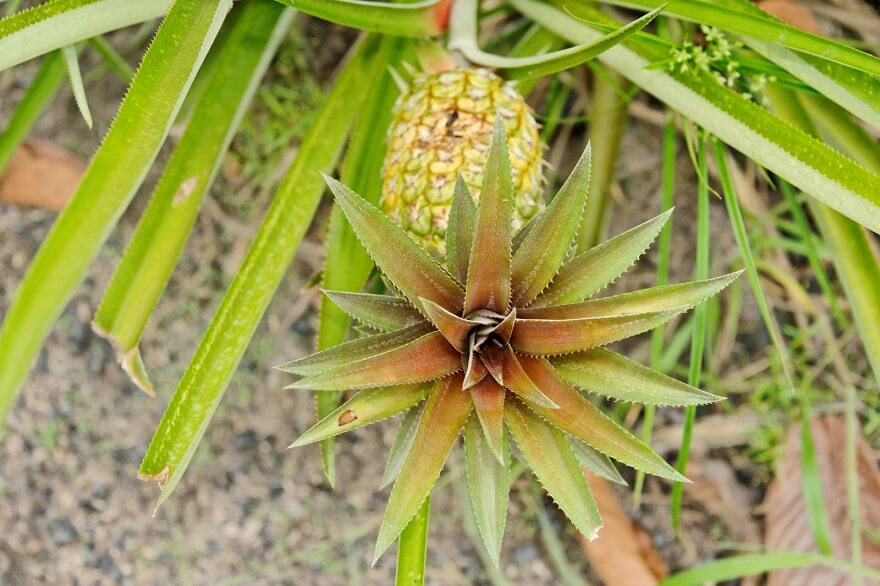The cuisine and dietary habits of the Amazon reflect the traditions of the Amerindian people, flavored by the influence of other cultures.
Food is fundamental, it is a way of discovering the history, geography, traditions and daily life of wherever you are. And this is particularly true for the Amazon, given that culinary traditions are mainly based on Amerindian ancestral knowledge. Culinary habits cannot be generalized in the Amazon: the region has a plethora of cultural nuances.
Beyond the cultural elements, from the quantity of ingredients and the different ways of cooking them, from the earthenware pots to the modern kitchens of Manaus or Belém, there are a variety of influences…
It should be noted, however, that the staple ingredient of the Amazon’s cuisine is manioc. It is consumed by all classes of society and in various ways: peeled, grated or pressed. Its leaves, its roots… every part of the manioc is used to create a multitude of dishes.
The assimilation and reinterpretation of the essence of these dishes provide us with exquisite dishes when it comes to aromas and flavors. A table set with typical dishes of the Amazon is a unique experience.

Among the most typical dishes we find :
Caldeirada : A bouillabaisse which uses the pirarucu or tambaqui fish. It is made with tomatoes, onions, eggs, spices, potatoes and flour.
Maniçoba : Maniçoba, the other great typical dish from the North, along with the Pato no Tucupi (duck in tucupi sauce), takes one week to prepare. The Amerindians would store cachitou meat (a type of pork) and capybara meat by burying it under banana tree leaves and moistening it from time to time (some raw ingredients are poisonous). The resulting dish, made from maniva (manioc leaves), is stewed for 4 days. Then beef, pork, manioc, rice and beans are added.
Pato no tucupi : It’s the great regional specialty. Duck, shredded into pieces is served in a sauce (made with manioc, garlic, jambu and chicory) which gives an anesthetizing sensation in the mouth. It is delicious and slightly bitter, because when the manioc ferments it produces nitric acid. The dish is served with rice, pepper and according to tastes, manioc.
Tacacá : It’s a tradition for the Paraenses. You find it on every street corner. It is an emerald green soup served in a calabash by street vendors… Shrimp float in a sauce of tapioca, garlic, local plants and manioc.
Vatapá : The typical vatapá from Pará differs to the Bahian vatapá. Dried shrimp are peeled and fried with onions, tomato and dendê. Coconut, rice or wheat milk is added. The dish is served with white rice.


The consumption of açaí pulp, obtained by extracting it from the berries of the açaí palm is a culinary tradition shared by the whole of the Amazon population.
The sharing of this tradition might be down to the widespread distribution of the species across the whole of the Amazon estuary as well as the fruit’s nutritional properties.
Açaí pulp is eaten locally often mixed into manioc flour, accompanying dishes of fried fish, shrimp or dried beef.
Its berries have 4 times the level of antioxidants than pomegranate and 10 times more than cranberry. It is a fruit that is rich in omegas, fibers and minerals (calcium, iron and magnesium.
The rich resources of the forest offer a wide range of ingredients, like the castanhas do Pará (Brazil nuts): with 7 or 8 inside each pod.
Many names of these fruits are untranslatable for the simple reason that they don’t exist in Europe. Like: the cupuaçu, the bacuri, the pupunha, the tucum, the muruci, the piquia, the tapereba.
The Amazon delights with its enormous variety of fruits, which are largely used in the creation of the local desserts. They are also consumed as juices, with tempting exotic flavors: açaí, acerola, cupuaçu, bacuri.
Try cupuaçu or caja juice!
